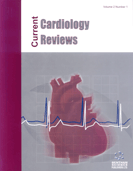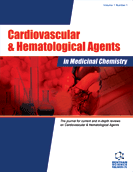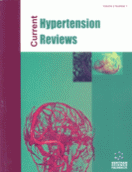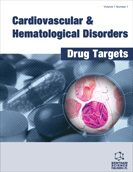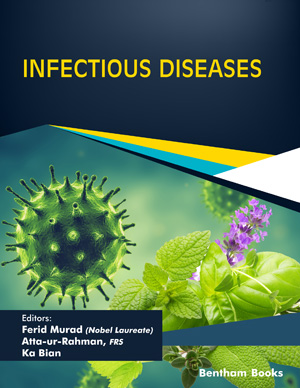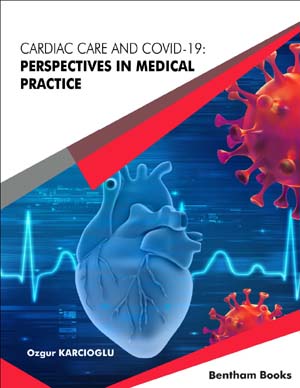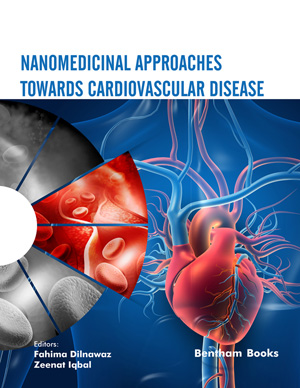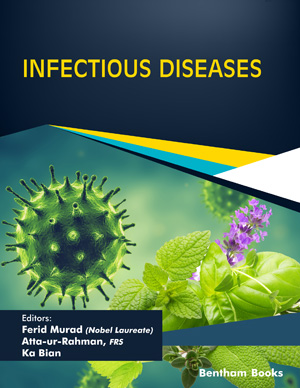Abstract
Cardiovascular magnetic resonance imaging (CMR) allows the early diagnosis of various cardiovascular pathophysiologic phenomena in autoimmune diseases. Preliminary studies suggest that CMR holds a promising role in initiating the necessary changes in anti-rheumatic and cardiac treatment among patients with autoimmune diseases and cardiovascular diseases (CVD). It is widely known that the presence of late gadolinium enhancement (LGE) has been related to a worse cardiovascular prognosis. CMR has been documented to be the most valuable tool for diagnosis and risk prediction of cardiac involvement in a sarcoidosis population, while in SLE, the gap between clinical and autopsy diagnosis of the myocardial disease could be narrowed with the implementation of CMR. In different connective tissue diseases, including SLE, LGE has been demonstrated to be present early after the initial diagnosis of SLE. Considering that CMR, including LGE identifies more patients with silent myocardial disease in SLE and other connective tissue diseases than echocardiography, CMR should be the preferred imaging modality, especially in the era of modern techniques with broader availability and expertise. In this review, we summarize the major indications, advantages and limitations of the use of CMR among patients with autoimmune disorders.
Keywords: Autoimmune disorders, cardiac magnetic resonance (CMR), late gadolinium enhancement (LGE), early gadolinium enhancement (EGE), cardiac MRI, EGPA.
Graphical Abstract
Current Cardiology Reviews
Title:Cardiac MRI in Autoimmune Diseases: Where Are We Now?
Volume: 17 Issue: 5
Author(s): Natalia G. Vallianou*, Eleni Geladari, Fotis Panagopoulos and Maria Kalantzi
Affiliation:
- Department of Internal Medicine, Evangelismos General Hospital, 45-47 Ipsilantou Str., 10676, Athens,Greece
Keywords: Autoimmune disorders, cardiac magnetic resonance (CMR), late gadolinium enhancement (LGE), early gadolinium enhancement (EGE), cardiac MRI, EGPA.
Abstract: Cardiovascular magnetic resonance imaging (CMR) allows the early diagnosis of various cardiovascular pathophysiologic phenomena in autoimmune diseases. Preliminary studies suggest that CMR holds a promising role in initiating the necessary changes in anti-rheumatic and cardiac treatment among patients with autoimmune diseases and cardiovascular diseases (CVD). It is widely known that the presence of late gadolinium enhancement (LGE) has been related to a worse cardiovascular prognosis. CMR has been documented to be the most valuable tool for diagnosis and risk prediction of cardiac involvement in a sarcoidosis population, while in SLE, the gap between clinical and autopsy diagnosis of the myocardial disease could be narrowed with the implementation of CMR. In different connective tissue diseases, including SLE, LGE has been demonstrated to be present early after the initial diagnosis of SLE. Considering that CMR, including LGE identifies more patients with silent myocardial disease in SLE and other connective tissue diseases than echocardiography, CMR should be the preferred imaging modality, especially in the era of modern techniques with broader availability and expertise. In this review, we summarize the major indications, advantages and limitations of the use of CMR among patients with autoimmune disorders.
Export Options
About this article
Cite this article as:
Vallianou G. Natalia *, Geladari Eleni , Panagopoulos Fotis and Kalantzi Maria , Cardiac MRI in Autoimmune Diseases: Where Are We Now?, Current Cardiology Reviews 2021; 17 (5) : e160721190002 . https://dx.doi.org/10.2174/1573403X16666210108104236
| DOI https://dx.doi.org/10.2174/1573403X16666210108104236 |
Print ISSN 1573-403X |
| Publisher Name Bentham Science Publisher |
Online ISSN 1875-6557 |
 28
28
- Author Guidelines
- Bentham Author Support Services (BASS)
- Graphical Abstracts
- Fabricating and Stating False Information
- Research Misconduct
- Post Publication Discussions and Corrections
- Publishing Ethics and Rectitude
- Increase Visibility of Your Article
- Archiving Policies
- Peer Review Workflow
- Order Your Article Before Print
- Promote Your Article
- Manuscript Transfer Facility
- Editorial Policies
- Allegations from Whistleblowers
- Announcements
Related Articles
-
Therapeutic Monitoring of Immunotherapies in Autoimmune Diseases
Current Pharmaceutical Design Multidrug Resistance Protein 4 (MRP4/ABCC4): A Suspected Efflux Transporter for Human’s Platelet Activation
Protein & Peptide Letters Store-Dependent Ca2+ Entry in Endothelial Progenitor Cells As a Perspective Tool to Enhance Cell-Based Therapy and Adverse Tumour Vascularization
Current Medicinal Chemistry Dyslipidaemia Related to Insulin Resistance and Cardiovascular Disease in South Asian and West African Populations
Current Pharmaceutical Design Toxicities of Immunosuppressive Treatment of Autoimmune Neurologic Diseases
Current Neuropharmacology Features of Bioaccumulation and Toxic Effects of Copper (II) Oxide Nanoparticles Under Repeated Oral Exposure in Rats
Pharmaceutical Nanotechnology Clinical Relevance of Cytokines and Inflammatory Molecules in Rheumatoid Vasculitis
Current Rheumatology Reviews Prevention of Endothelial Dysfunction and Cardiovascular Disease by n-3 Fatty Acids-Inhibiting Action on Oxidative Stress and Inflammation
Current Pharmaceutical Design Ferroptosis: A Novel Mechanism of Artemisinin and its Derivatives in Cancer Therapy
Current Medicinal Chemistry Recognition of Classical and Heavy Chain Forms of HLA-B27 by Leukocyte Receptors
Current Molecular Medicine Risk Factors, Mechanisms and Treatments of Thromboangiitis Obliterans: An Overview of Recent Research
Current Medicinal Chemistry Substance Abuse and Movement Disorders: Complex Interactions and Comorbidities
Current Drug Abuse Reviews A Case of Pantoprazole Anaphylaxis with Cross Reactivity to All Proton Pump Inhibitors: Finding a Safe Alternative
Current Drug Safety Cellular Senescence in Cardiovascular Diseases: Potential Age-Related Mechanisms and Implications for Treatment
Current Pharmaceutical Design Thalidomide Metabolism and Hydrolysis: Mechanisms and Implications
Current Drug Metabolism Pleiotropic Effects of Statins in Atherosclerotic Disease: Focus on the Antioxidant Activity of Atorvastatin
Current Topics in Medicinal Chemistry Cholesterol Lowering Therapy: Treat to Target or Reduce the Global Risk? The Unresolved Problem of Residual Risk
Current Pharmaceutical Design Giant Cell Arteritis (GCA): Pathogenesis, Clinical Aspects and Treatment Approaches
Current Rheumatology Reviews Pentoxifylline Use in Dermatology
Inflammation & Allergy - Drug Targets (Discontinued) The Involvement of Norepinephrine in Behaviors Related to Psychostimulant Addiction
Current Neuropharmacology


